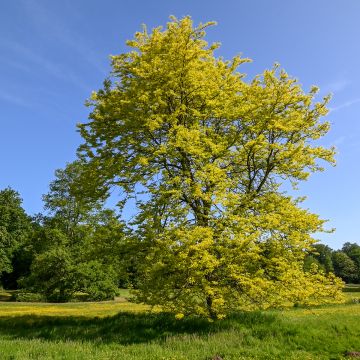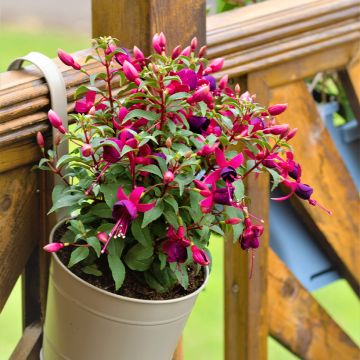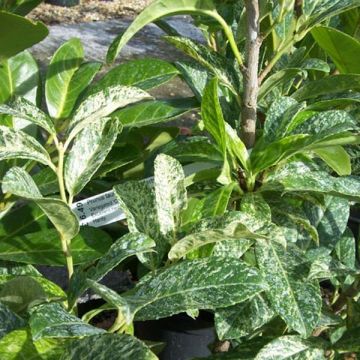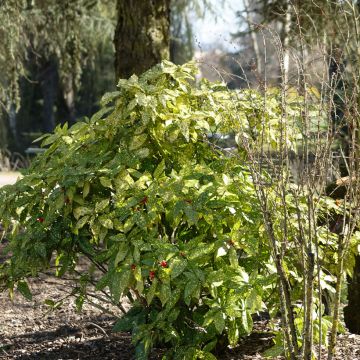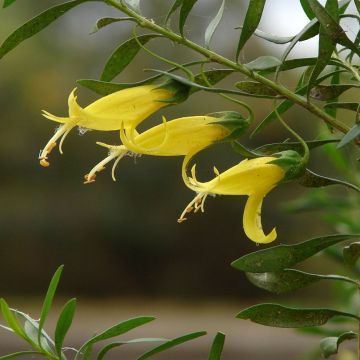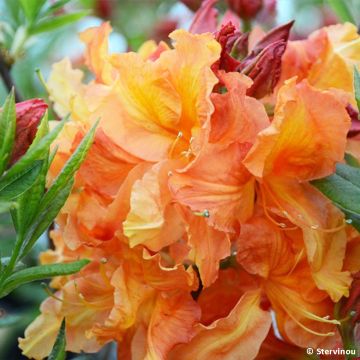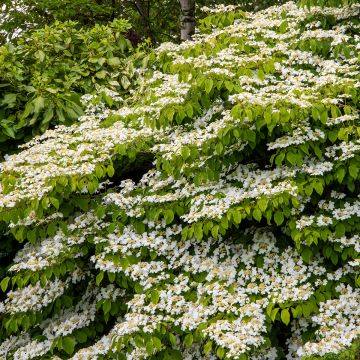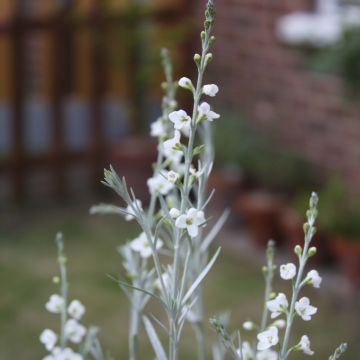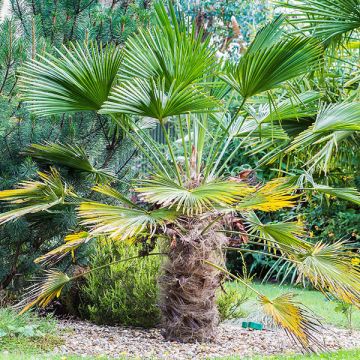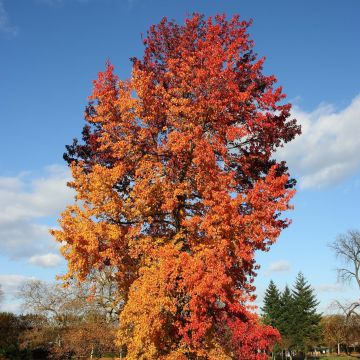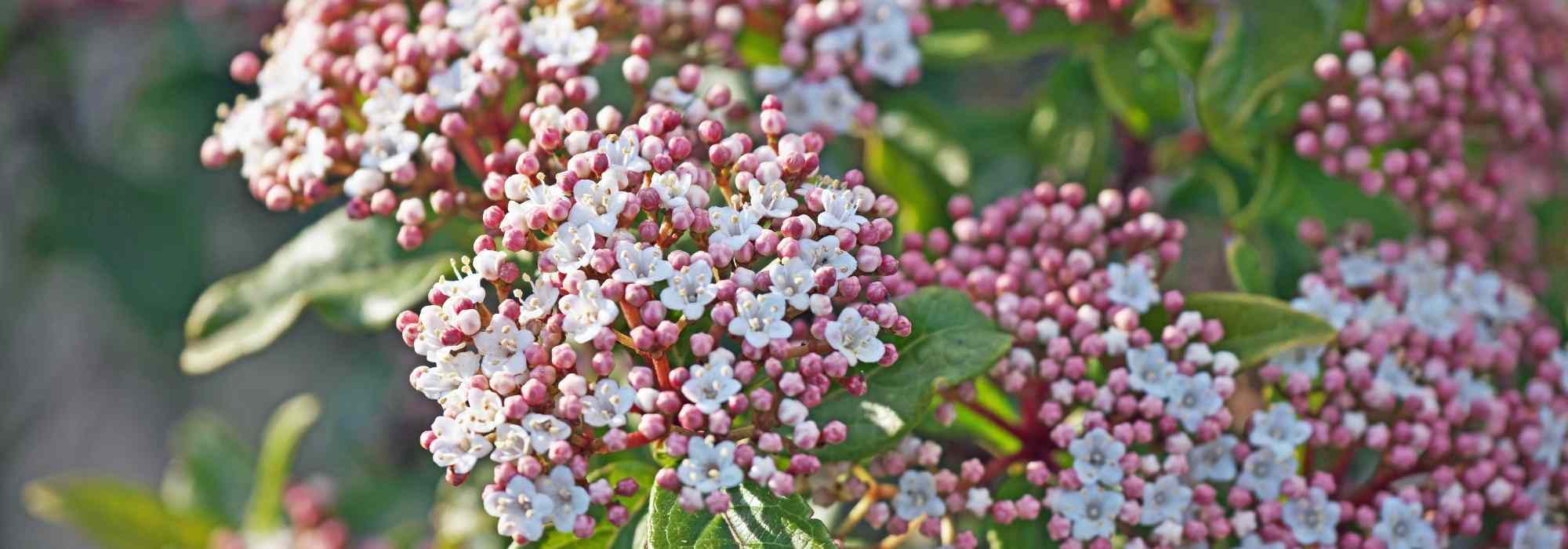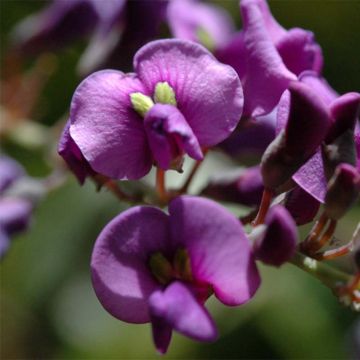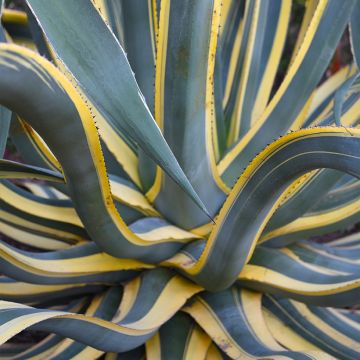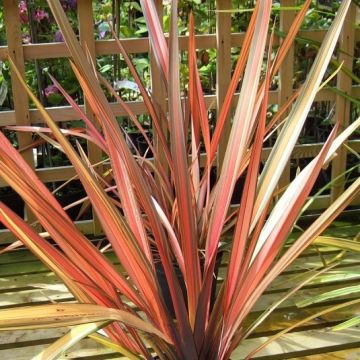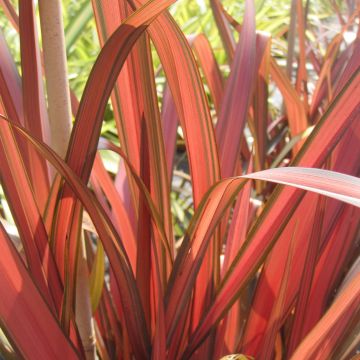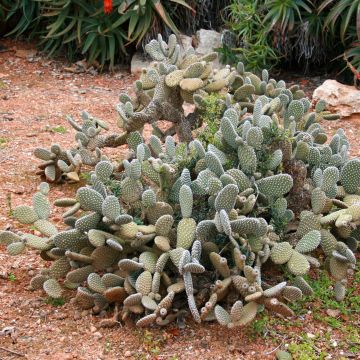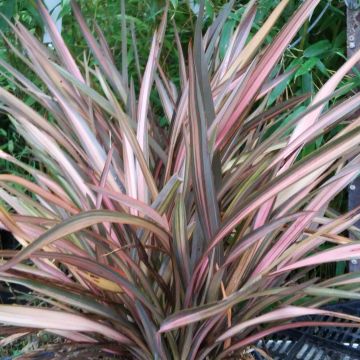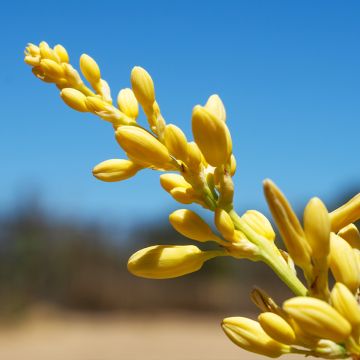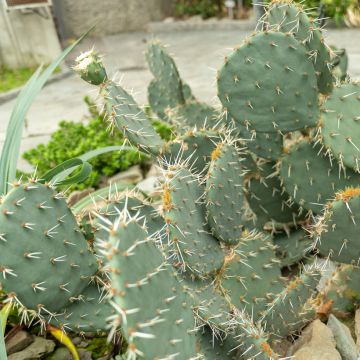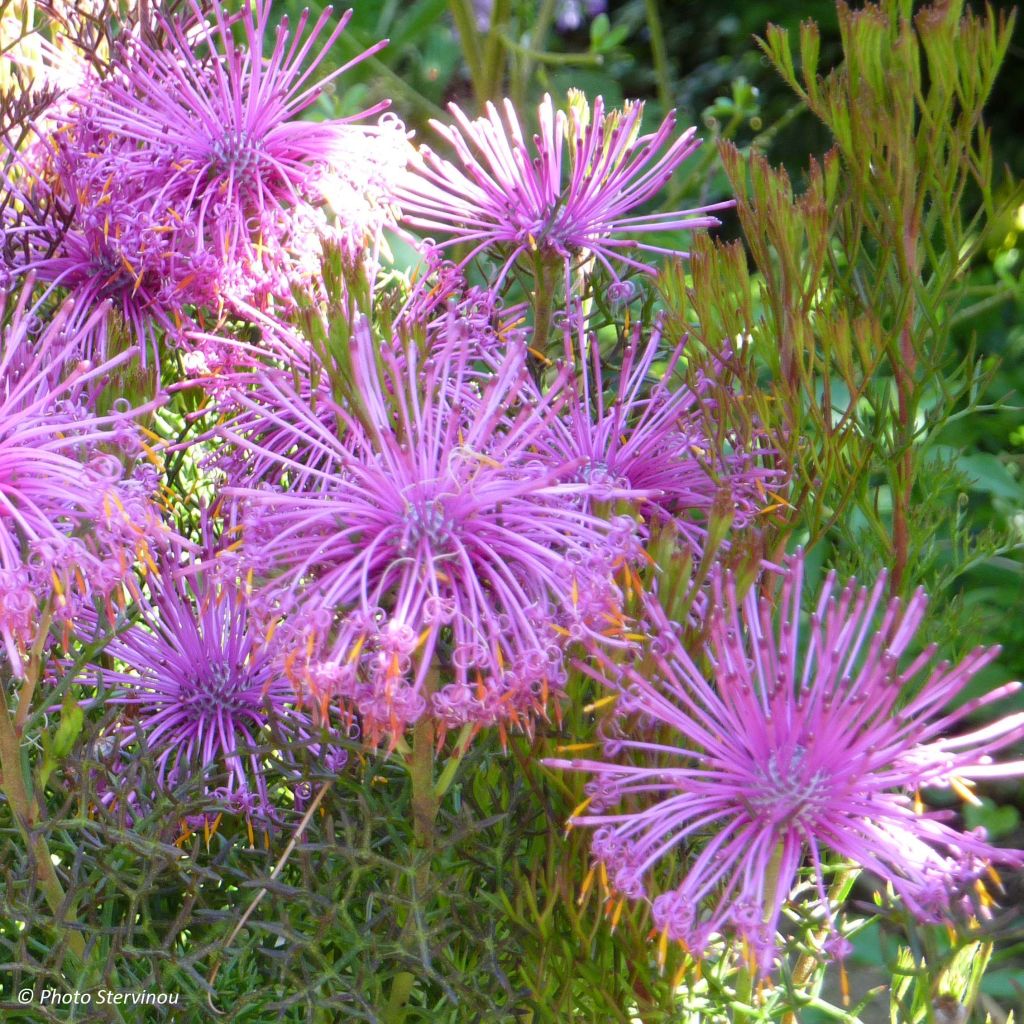

Isopogon formosus
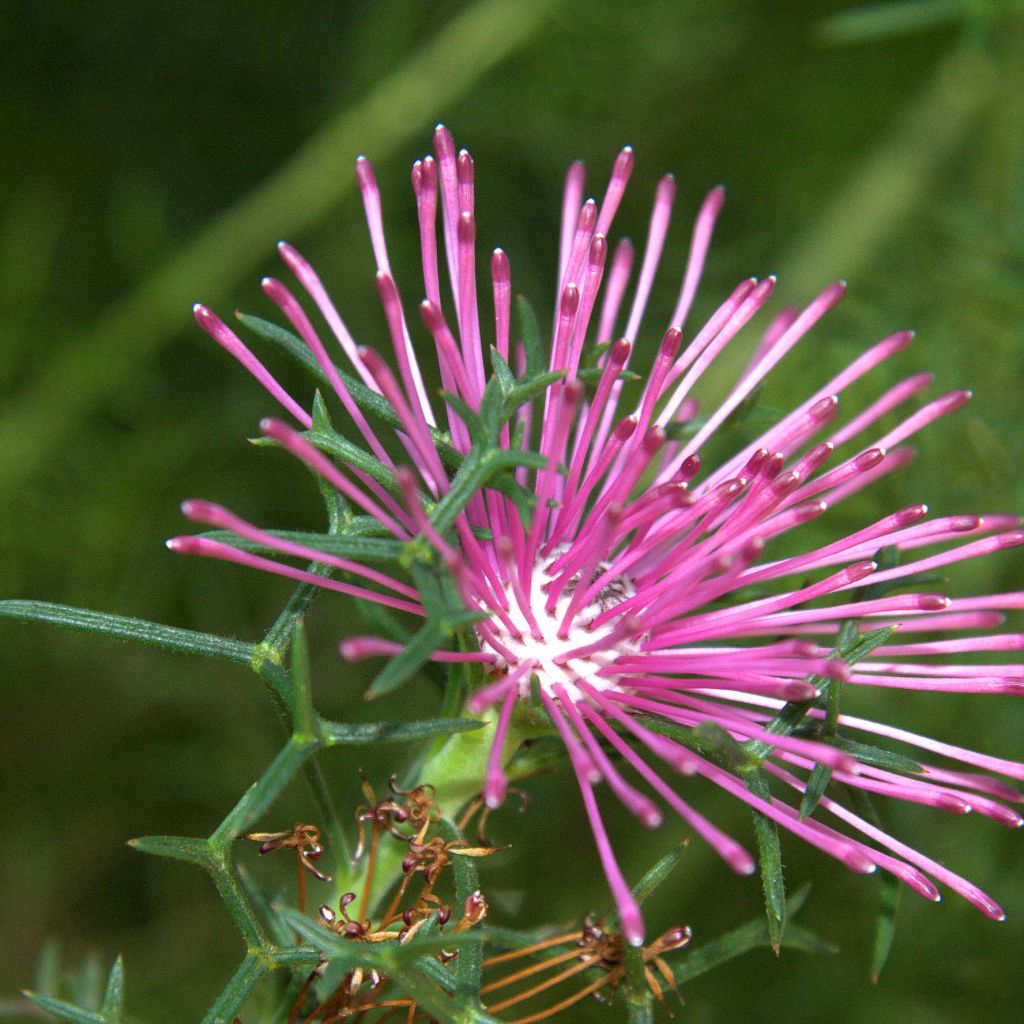

Isopogon formosus
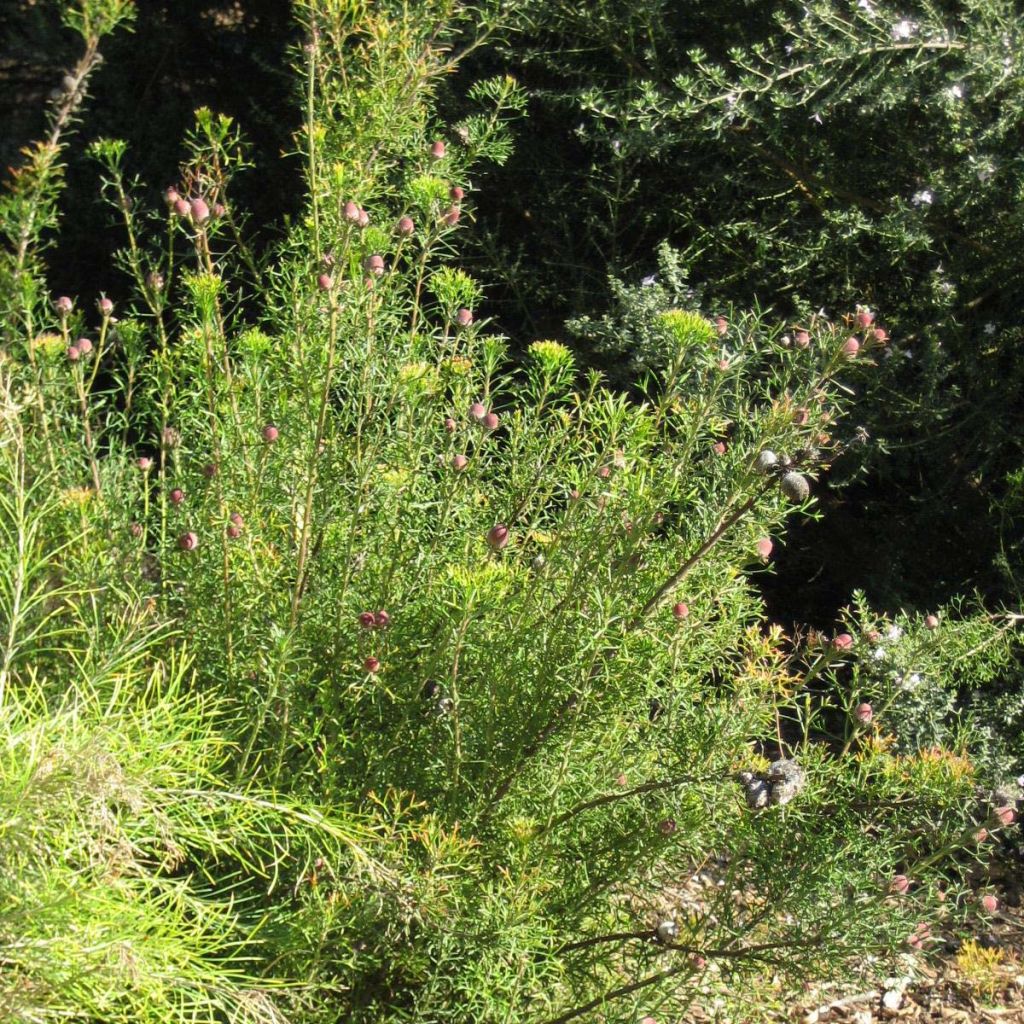

Isopogon formosus
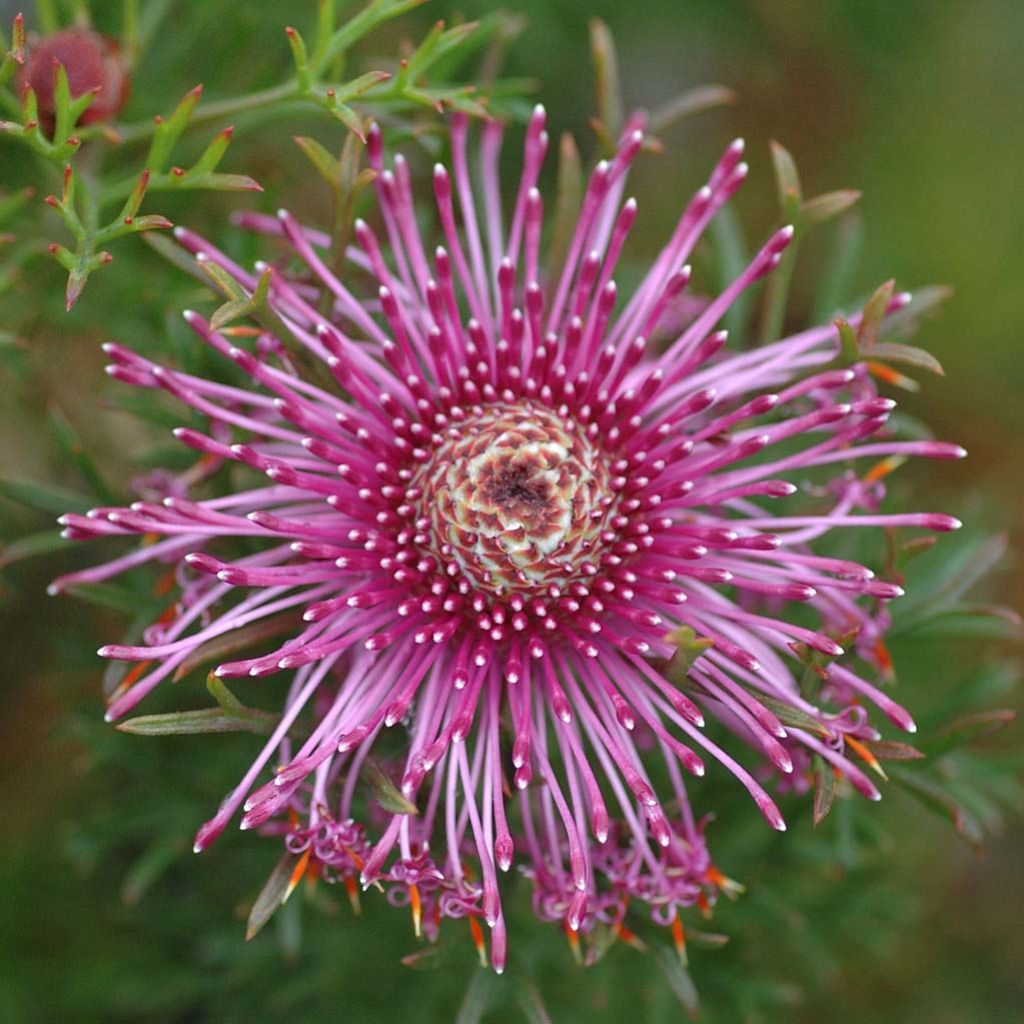

Isopogon formosus
Isopogon formosus
Isopogon formosus
Rose Coneflower
ORIGINAL FOLIAGE BEAUTIFUL SUBJECT WITH PLENTY OF BUDS. TEZAM
Michel, 31/03/2023
Special offer!
Receive a €20 voucher for any order over €90 (excluding delivery costs, credit notes, and plastic-free options)!
1- Add your favorite plants to your cart.
2- Once you have reached €90, confirm your order (you can even choose the delivery date!).
3- As soon as your order is shipped, you will receive an email containing your voucher code, valid for 3 months (90 days).
Your voucher is unique and can only be used once, for any order with a minimum value of €20, excluding delivery costs.
Can be combined with other current offers, non-divisible and non-refundable.
Home or relay delivery (depending on size and destination)
Schedule delivery date,
and select date in basket
This plant carries a 24 months recovery warranty
More information
We guarantee the quality of our plants for a full growing cycle, and will replace at our expense any plant that fails to recover under normal climatic and planting conditions.

Does this plant fit my garden?
Set up your Plantfit profile →
Description
Isopogon formosus is an Australian bush still rare in cultivation. It forms a ramified, dense and bushy mass clothed with green, spiny and finely cut foliage. In winter, the leaves take on purple shades, which beautifully complement its pale and fluffy floral buds. They bloom in spring, in beautiful conical and fluffy deep pink inflorescences. It fears cold, but is, however, much easier to cultivate than its protea cousins. Elegant and fascinating, it works wonders in a dry or exotic garden, alongside leptospermum, melaleuca, or mimosa.
Isopogon formosus is a perennial shrub of the Proteaceae family. It is endemic to the hot and dry regions of southwestern Australia. It is found on sandy, lateritic (red, rich in iron oxides, poor in fertilising elements, leached and impoverished in silica), well-drained soils, in the heathlands and dry forests, in the sun. Isopogon formosus is evergreen.
The plant, charmingly named "rose cone flower", shows a rounded and ramified habit. While it can reach 2m (7ft) in its native lands, it rarely exceeds 1.5m (5ft) in all directions under our latitudes. The branches and twigs are covered with a grey and smooth bark. The adult leaves, 4 to 5cm (2in) long, are dark green, grooved, leathery, and deeply divided into almost cylindrical and slightly prickly segments. The young leaves are red at their ends, and are slightly pubescent, as are the young twigs. The foliage sometimes takes on beautiful purple tones under the effect of the cold. The globose and conical fluffy floral buds form in winter, at the end of the twigs. The spectacular flowering takes place from March to May, depending on the climate. The inflorescences, 5cm (2in) wide, are composed of a multitude of small tubular flowers of a deep pink, equipped with a long bright yellow style becoming red at maturity. They open from the outside towards the interior of a central cone that appears covered with pink scales and lengthens as the flowers wilt. These cones are filled with seeds and dry over time. They can persist for a long time on the twigs, sometimes until the death of the bush. They only release the seeds under certain conditions, for example after the passage of fire.
With its similarity in appearance to a giant heather or compact cypress, and its flowers in pink cones, Isopogon formosus is a structuring plant for a dry garden or a large rockery. Plant in isolation or in a bed composed of austral plants: leptospermum, melaleuca, and callistemons will be good companions, as well as the evergreen ceanothus, covered with blue flowers in spring. Plant in sheltered coastal gardens, spared by harsh frosts, in light, poor, sandy soil. It is content with dry to arid soils, and will look good in isolation, on large slopes or in the background of dry garden beds, but always in full sun.
Report an error about the product description
Isopogon formosus in pictures
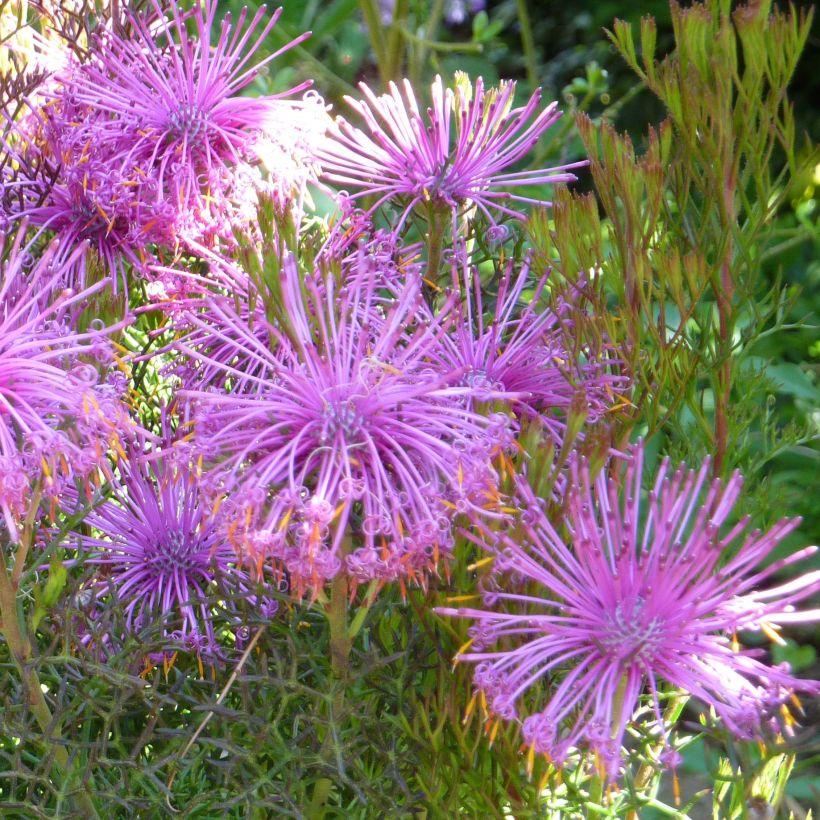

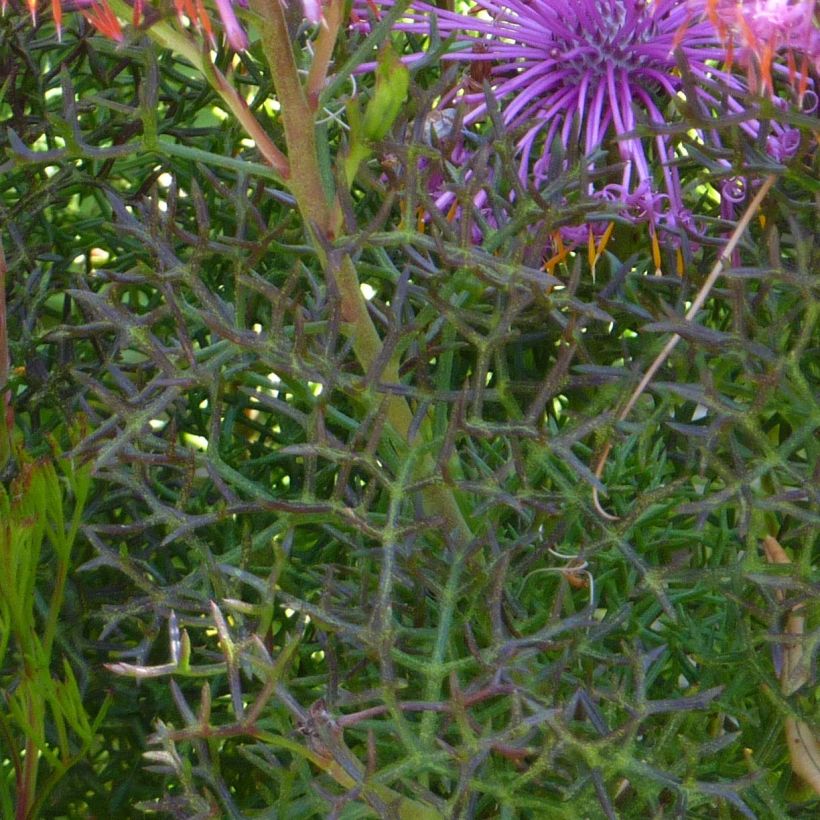

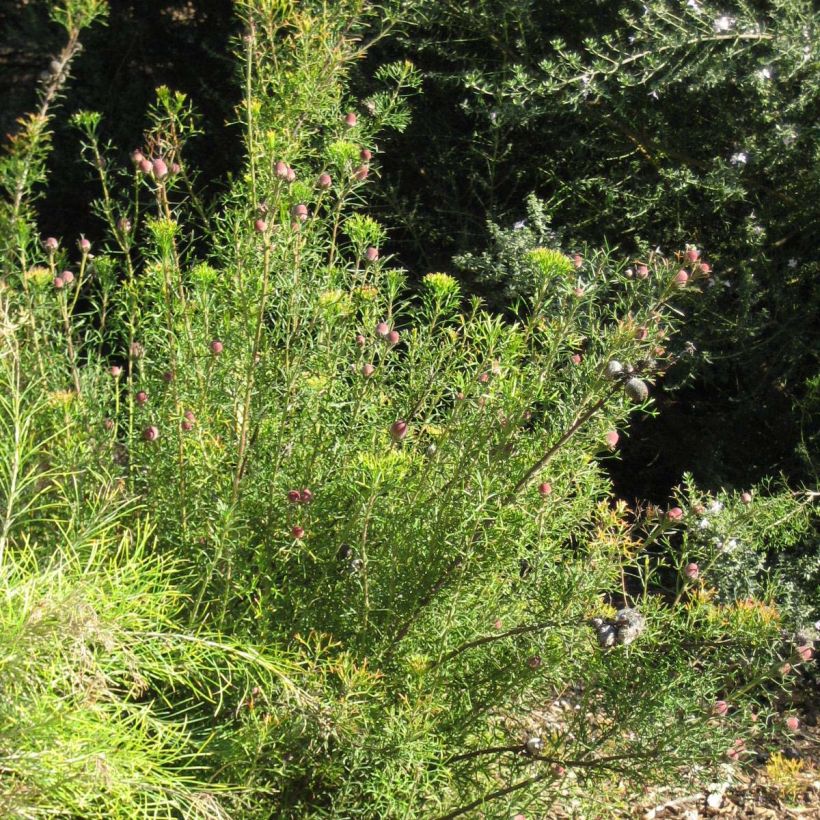

Plant habit
Flowering
Foliage
Botanical data
Isopogon
formosus
Proteaceae
Rose Coneflower
Australia
Other Shrubs A to Z
View all →Planting and care
Plant in spring, or in autumn in a very mild climate. Place in a sunny location, sheltered from icy winds that could destroy its flower buds. This plant requires well-drained, rather poor soil, with an acidic, neutral or limestone tendency (6.5<pH<8). This undemanding plant tolerates different types of soil, even with a limestone tendency, as long as it is well-draining, stony or sandy and does not retain too much moisture both in winter and summer. It tolerates summer drought very well and even appreciates it once well established, as it fears the combination of heat and soil moisture in summer. A mix of leaf compost, a little ericaceous soil or crushed pine bark, and coarse river sand or gravel seems appropriate. Proteaceae are sensitive to excess phosphates and nitrates, so it is necessary to avoid giving too much fertiliser, or not giving any at all. A small amount of dried blood at the foot of the plant in spring is generally sufficient. Adult plants tolerate occasional frosts of -7°C (19.4°F) in dry soil. Young plants will need to be sheltered from frost during their first years, in a frost-free location in a cool climate or under a winter covering in regions with mild winters.
Pot culture is possible but delicate. It is important to avoid watering too frequently, both in winter and in summer. Use a very draining substrate and let it dry between two waterings, even in summer.
It can be pruned after flowering, or to remove old cones. Never cut down to the stump, as it is unable to start again from its roots like the proteas.
Planting period
Intended location
Care
Planting & care advice
-
, onOrder confirmed
Reply from on Promesse de fleurs
Similar products
Haven't found what you were looking for?
Hardiness is the lowest winter temperature a plant can endure without suffering serious damage or even dying. However, hardiness is affected by location (a sheltered area, such as a patio), protection (winter cover) and soil type (hardiness is improved by well-drained soil).

Photo Sharing Terms & Conditions
In order to encourage gardeners to interact and share their experiences, Promesse de fleurs offers various media enabling content to be uploaded onto its Site - in particular via the ‘Photo sharing’ module.
The User agrees to refrain from:
- Posting any content that is illegal, prejudicial, insulting, racist, inciteful to hatred, revisionist, contrary to public decency, that infringes on privacy or on the privacy rights of third parties, in particular the publicity rights of persons and goods, intellectual property rights, or the right to privacy.
- Submitting content on behalf of a third party;
- Impersonate the identity of a third party and/or publish any personal information about a third party;
In general, the User undertakes to refrain from any unethical behaviour.
All Content (in particular text, comments, files, images, photos, videos, creative works, etc.), which may be subject to property or intellectual property rights, image or other private rights, shall remain the property of the User, subject to the limited rights granted by the terms of the licence granted by Promesse de fleurs as stated below. Users are at liberty to publish or not to publish such Content on the Site, notably via the ‘Photo Sharing’ facility, and accept that this Content shall be made public and freely accessible, notably on the Internet.
Users further acknowledge, undertake to have ,and guarantee that they hold all necessary rights and permissions to publish such material on the Site, in particular with regard to the legislation in force pertaining to any privacy, property, intellectual property, image, or contractual rights, or rights of any other nature. By publishing such Content on the Site, Users acknowledge accepting full liability as publishers of the Content within the meaning of the law, and grant Promesse de fleurs, free of charge, an inclusive, worldwide licence for the said Content for the entire duration of its publication, including all reproduction, representation, up/downloading, displaying, performing, transmission, and storage rights.
Users also grant permission for their name to be linked to the Content and accept that this link may not always be made available.
By engaging in posting material, Users consent to their Content becoming automatically accessible on the Internet, in particular on other sites and/or blogs and/or web pages of the Promesse de fleurs site, including in particular social pages and the Promesse de fleurs catalogue.
Users may secure the removal of entrusted content free of charge by issuing a simple request via our contact form.
The flowering period indicated on our website applies to countries and regions located in USDA zone 8 (France, the United Kingdom, Ireland, the Netherlands, etc.)
It will vary according to where you live:
- In zones 9 to 10 (Italy, Spain, Greece, etc.), flowering will occur about 2 to 4 weeks earlier.
- In zones 6 to 7 (Germany, Poland, Slovenia, and lower mountainous regions), flowering will be delayed by 2 to 3 weeks.
- In zone 5 (Central Europe, Scandinavia), blooming will be delayed by 3 to 5 weeks.
In temperate climates, pruning of spring-flowering shrubs (forsythia, spireas, etc.) should be done just after flowering.
Pruning of summer-flowering shrubs (Indian Lilac, Perovskia, etc.) can be done in winter or spring.
In cold regions as well as with frost-sensitive plants, avoid pruning too early when severe frosts may still occur.
The planting period indicated on our website applies to countries and regions located in USDA zone 8 (France, United Kingdom, Ireland, Netherlands).
It will vary according to where you live:
- In Mediterranean zones (Marseille, Madrid, Milan, etc.), autumn and winter are the best planting periods.
- In continental zones (Strasbourg, Munich, Vienna, etc.), delay planting by 2 to 3 weeks in spring and bring it forward by 2 to 4 weeks in autumn.
- In mountainous regions (the Alps, Pyrenees, Carpathians, etc.), it is best to plant in late spring (May-June) or late summer (August-September).
The harvesting period indicated on our website applies to countries and regions in USDA zone 8 (France, England, Ireland, the Netherlands).
In colder areas (Scandinavia, Poland, Austria...) fruit and vegetable harvests are likely to be delayed by 3-4 weeks.
In warmer areas (Italy, Spain, Greece, etc.), harvesting will probably take place earlier, depending on weather conditions.
The sowing periods indicated on our website apply to countries and regions within USDA Zone 8 (France, UK, Ireland, Netherlands).
In colder areas (Scandinavia, Poland, Austria...), delay any outdoor sowing by 3-4 weeks, or sow under glass.
In warmer climes (Italy, Spain, Greece, etc.), bring outdoor sowing forward by a few weeks.






























